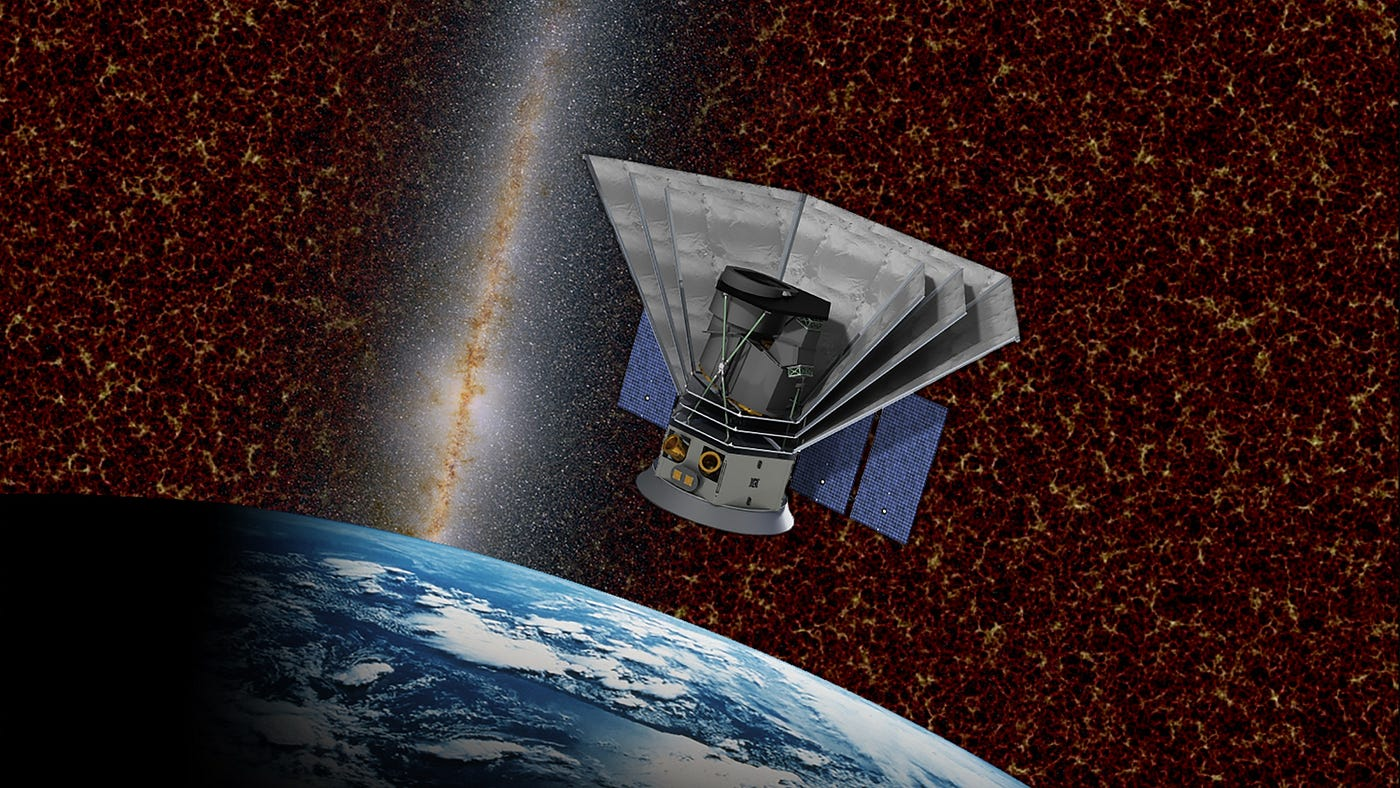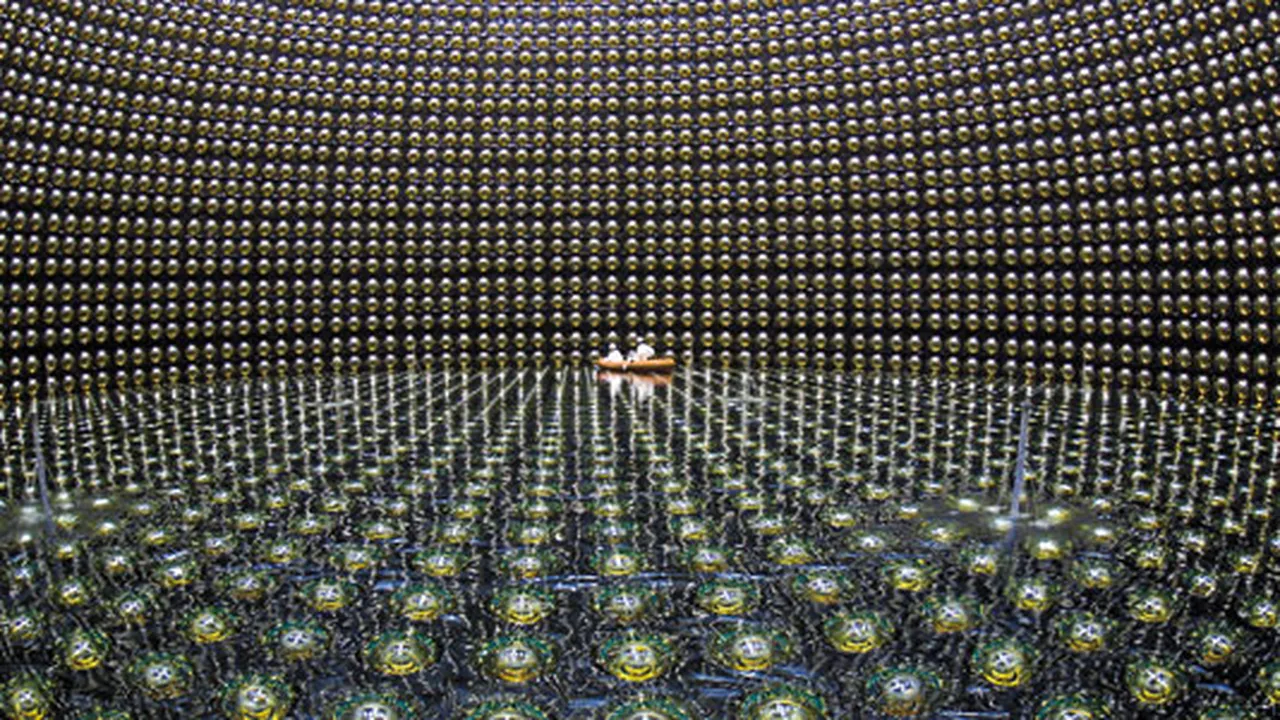Quantum tunneling is one of the most fascinating phenomena in modern physics, offering a glimpse into how particles can defy classical boundaries. While it sounds like science fiction, this quantum effect plays a critical role in real-world systems — including the sun itself. In the sun’s core, hydrogen nuclei fuse together to form helium, a process known as nuclear fusion. Yet, under classical physics, the repulsive forces between positively charged protons would prevent this. Quantum tunneling is what allows them to get close enough to fuse, overcoming the energy barrier.
This phenomenon is a foundational concept in quantum mechanics, first proposed in the 1920s. Experts like George Gamow applied it to explain stellar reactions, which eventually led to the development of models that describe how stars generate energy. Today, quantum tunneling is not only central to astrophysics but also used in practical technologies such as tunnel diodes and scanning tunneling microscopes, showing its reach beyond theoretical physics.
By understanding quantum tunneling, we gain deeper insights into the fundamental workings of the universe. Educators, researchers, and students can explore this concept to appreciate the strange yet powerful nature of quantum mechanics — a field that continues to reshape our understanding of reality and energy at the smallest scales







